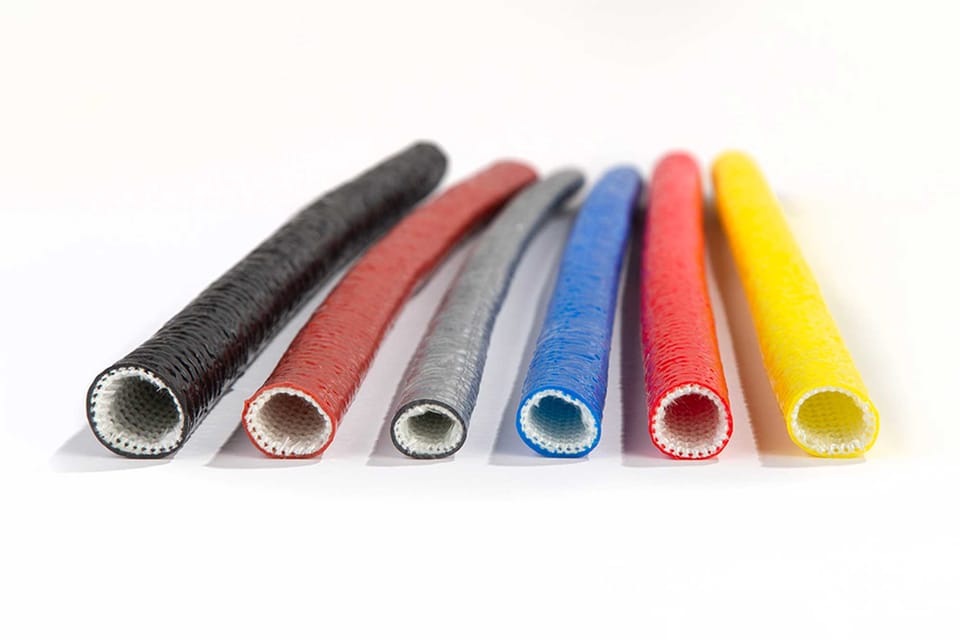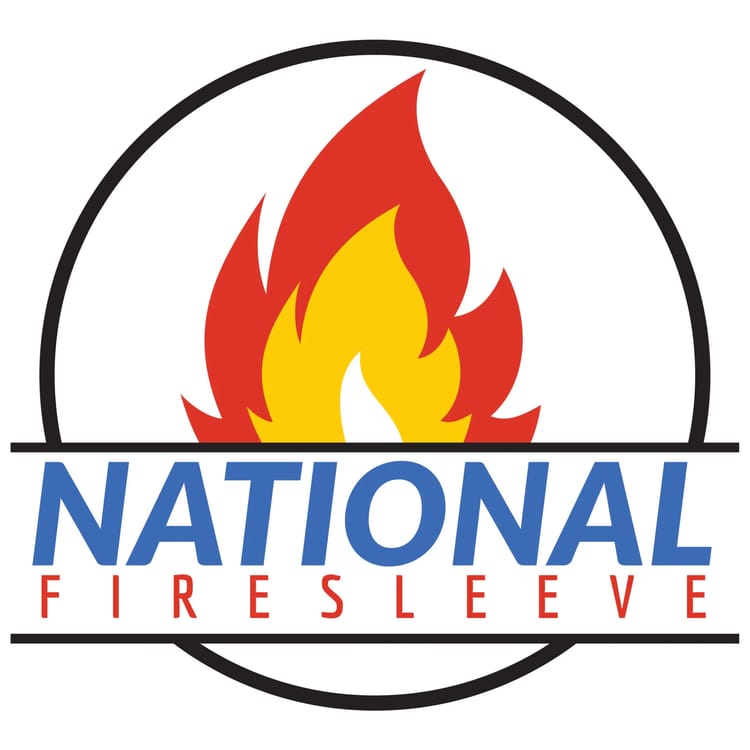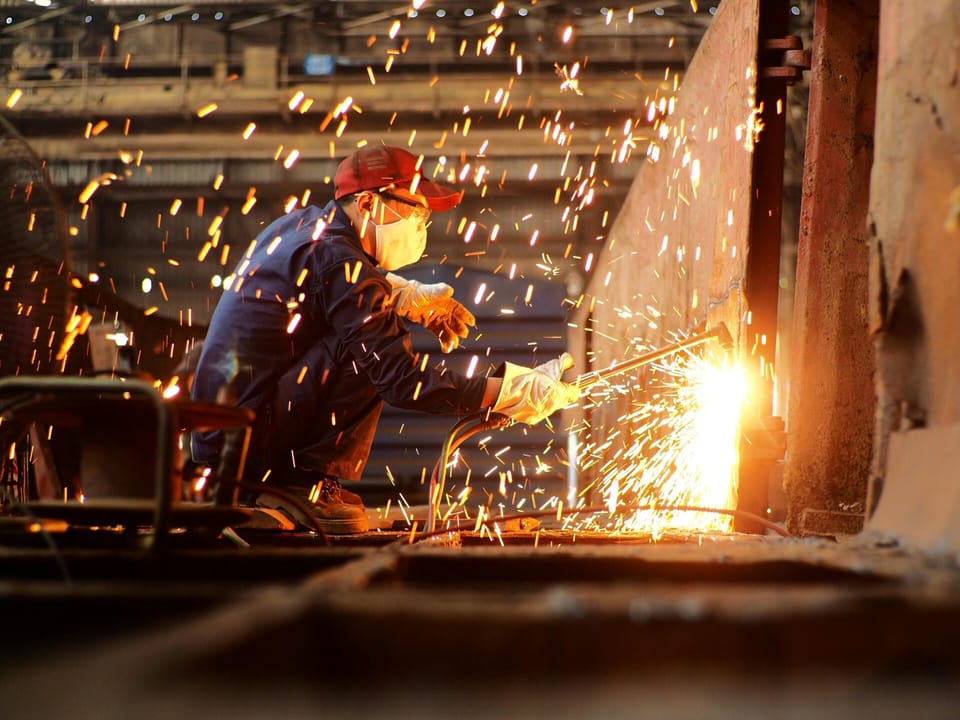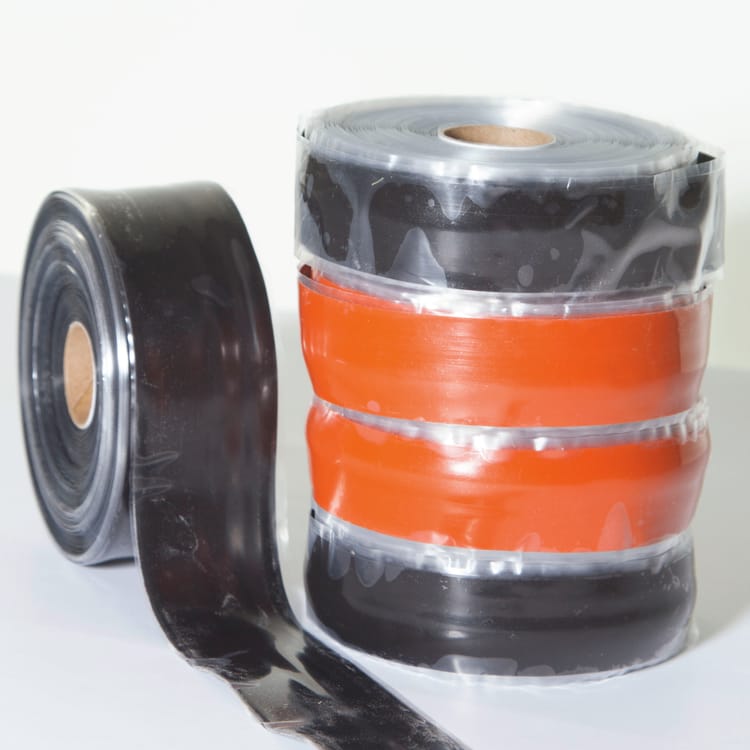Throughout history, some of the greatest scientific discoveries have been made by happy accident. From Sir Alexander Fleming’s finding penicillin bacteria growing in a petri dish after a week on vacation, to Rontgen accidentally discovering that X-rays penetrate the skin but not the bones, science has often advanced in the strangest of ways.
Without these ‘happy accidents’, we would not have such everyday products as superglue, Play-Doh or Post-It notes. One such accident brought us the production process for the kind of glass fibres used in National Firesleeve’s E-glass sleeving.
The first glass fibres
Glass fibres are not a new idea. Craftspeople as far back as the Ancient Egyptians, Phoenicians and Greeks were capable of creating incredibly fine glass threads for decoration. However, they all used painstaking processes that simply didn’t work on an industrial scale.
As a result, glass fibre production didn’t change much from those early civilisations until the 1800s, when the first patent for large-scale glass fibre production was awarded in 1880 to Hermann Hammersfahr. A dress made entirely of glass fibres went on to cause a stir at the Chicago World’s Fair in 1893, but it wasn’t for another 40 years that a realistic mass production process for glass fibre would be discovered.
Fusion confusion
The breakthrough came when a young engineer called Dale Kleist, working at the glassmaking company Owens-Illinois in Toledo, Ohio, began experiments in fusing together two glass blocks. No one knows if his experiments were successful, because all the attention went on the unexpected outcome. When he tried to spray the molten glass, it created a shower of fine glass fibres; the same fibres that had been the holy grail of glassmakers for decades.
Working with colleague Games Slayter, Kleist developed the process, with their company later merging with the Corning Glass Company in New York to form the world’s first fiberglass manufacturer, known as the Owens-Corning Fiberglas Company.
Fiberglass today
Since Dale Kleist’s accidental discovery, fibreglass has gone on to be used around the globe for all kinds of purposes. It’s estimated that fiberglass is present in as much as 90% of reinforced composite materials, and E-glass sleeving is present in engines, machinery and electronic installations of all shapes and sizes.
Sleeve It, the British manufacturer behind National Firesleeve, makes the glass fibres for our E-glass sleeving in a slightly different way to Kleist. Their process involves passing molten glass at 1500°C through a fine mesh to create the fibers.
The properties of E-glass sleeving
As we discuss in our companion article ‘What is the E-glass used in Firesleeve?’, E-glass sleeving uses a special kind of fibreglass which has remarkable thermal and electrical properties.
E-glass sleeving has a very low thermal conductivity – this means it does not allow heat to pass through it. This keeps wires and cables protected from external heat sources, as well as protecting nearby equipment and workers from hot pipes and hoses. E-glass sleeving is so effective as an insulator that it meets all the requirements of UL94-VO.
To add even more protection, we then coat our Firesleeve and Firesleeve Hook and Loop E-glass sleeving in a layer of silicone elastomer, which resists acids and alkalis, oils and hydraulic fluids. This coating also melts when exposed to flame, creating a protective layer to further shield the cable or pipes within.
Here at National Firesleeve, we’re extremely grateful for both Dale Kleist’s accident and Game Slayter’s understanding of the full potential of what happened that day. Without it, we may never have been able to bring you the peace of mind and protection of National Firesleeve E-glass sleeving.
To find out more, contact National Firesleeve today and let their happy accident help you to prevent many more unhappy ones.






